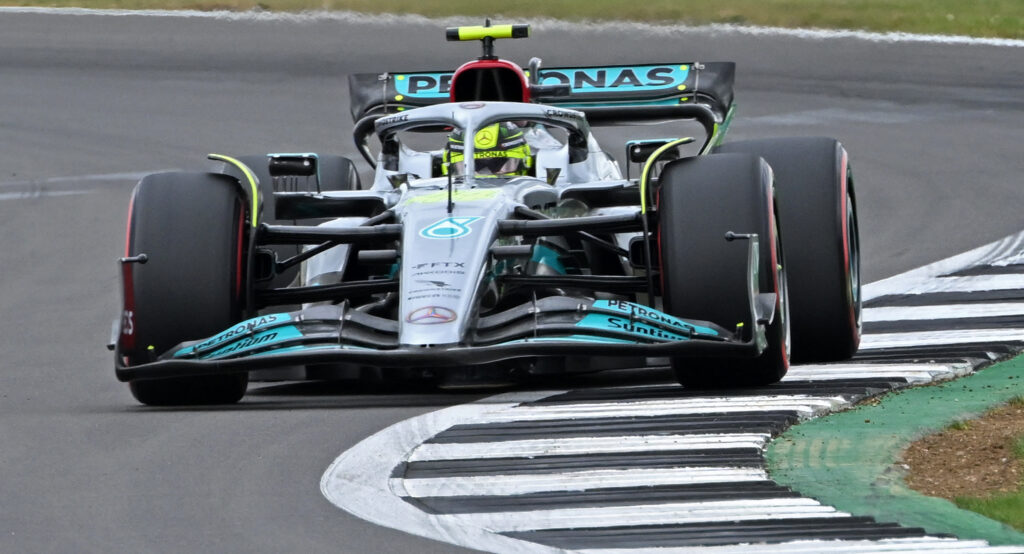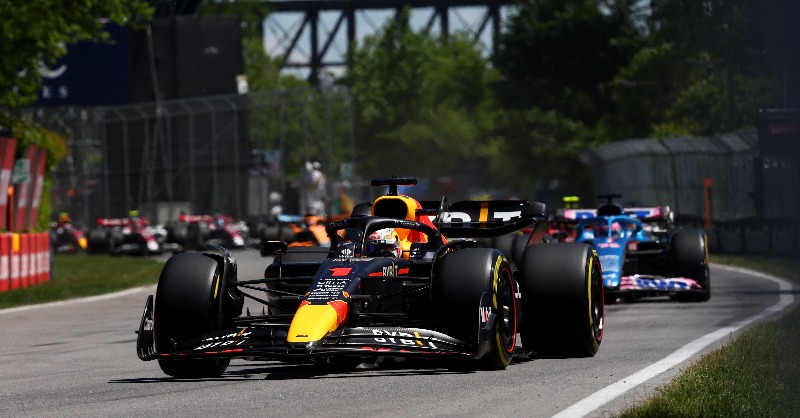As teams protest against FIA measures to control kicks, the FIA issues technical directive with an eye on flexible floors that can escape regulation

The Austrian GP takes place this weekend, marking the close of the first half of the 2022 Formula 1 season. And the teams arrive at the Red Bull Ring prepared to challenge the FIA's (International Automobile Federation) attempt to intervene to control the porpoising effect.
According to the British magazine Autosport, most of the teams are not satisfied with the approach of the sport's governing body on the issue, especially after two technical directives were issued on the problem. It is almost a general understanding in the paddock that there is no need for the body to intervene in this case.
The issue of porpoising has been discussed since the pre-season, especially in view of the behavior of Mercedes' W13 - one of the cars that suffers most from bouncing, which is linked to the ground effect concept. After the Azerbaijan GP in early June, seven-time world champion Lewis Hamilton publicly complained of back pain after a race, implying physical issues related to the kicks.

Red Bull team boss Christian Horner is one of those who has taken a strong stand against the FIA's technical directive, which had a proposal released between the Azerbaijan and Canadian GPs, and is due to come into effect at the French GP. Horner understands it as a regulation change.
"I think the process is something to discuss. Technical directives should not be regulation changes, there is a governance and a process for that. I think we need to talk and understand the reason for the release. Not much porpoising seems to have happened at this race [British GP], so the teams are understanding better. I don't feel the need for a technical directive intervention," he said.
The FIA intervention will be done by means of an aerodynamic oscillation metric. Initially, it was to be introduced at the British Grand Prix, but after protests from the teams, the entity opted to back out and chose the French Grand Prix as the directive's debut.
At the same time, Mercedes' Toto Wolff strongly criticizes another situation to control porpoising: the flexible floors. During the meeting of the Technical Advisory Committee in the week of the Canadian GP, suspicions arose that some teams, including Red Bull and Ferrari - according to information from the English website The Race - were circumventing the regulation that should limit the bending of the floor and the floorboards of the cars.

The current technical regulations stipulate a maximum bending of 2 mm in the two middle planks of the car. Some teams claim that rivals are able to flex the floors by up to 6 mm, leaving the cars with a greater tilt and closer to the asphalt, increasing performance without the risk of suffering from quaking.
"Nobody had any idea until the FIA brought this up during the last technical committee meeting, which was a surprise for all the teams. What is in the regulations and the intention of the regulations is clear. You have no argument as to why you should flex more than what is in the regulations. It's kind of a surprise, to say the least. Shocking," Wolff declared.
In a draft technical directive from single-seater technical director Nikolas Tombazis issued during the British Grand Prix, the FIA announced that it will tighten the rules on the stiffness of the floors, seeking to make clear that the move is to seek a "fair and equal relevance among all teams.
In the document, Tombazis makes it clear that the FIA believed that teams with "excessive deformation" of the floor were doing so "to achieve significantly lower heights and therefore an indirect aerodynamic gain. The 2mm tolerance will be strictly enforced and the stiffness around the floorpan hole must be uniform for a radial distance of 15mm outside the periphery, with no more than 10% variation in either direction.
In closing, the FIA added that competitors will be required to demonstrate compliance with the provisions by detailed inspection during the weekends.
The Austrian GP takes place July 8-10 at the Red Bull Ring in Spielberg. The race is covered LIVE and in REAL TIME by GRAND PRIX .